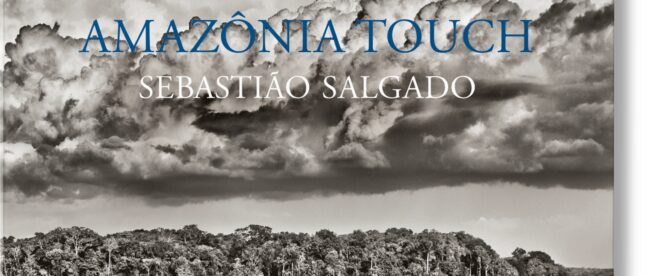Sebastião Salgado’s “Amazônia Touch” Brings Tactile Photography to the Visually Impaired
Sebastião Salgado, born in Brazil in 1944, is a renowned photojournalist and documentary photographer known for his deep respect for nature and commitment to documenting socio-economic conditions affecting human beings. His photographic journey began in the 1970s, following a career shift from economics to photography. Salgado’s work, characterized by its empathy and formal beauty, has earned him numerous accolades, including the Eugene Smith Award for Humanitarian Photography and two ICP Infinity Awards for Journalism.
Salgado’s latest endeavor, “Amazônia Touch,” is a collaboration with the French VISIO Foundation and his wife, co-designer Lélia Wanick Salgado. This innovative project, published by Taschen, aims to make Salgado’s work accessible to the blind and visually impaired. It consists of a box of 21 ‘three-dimensional tactile transcriptions’ from the “Amazônia” project, featuring 18 photographs and three regional geographical maps. Created using brass plates and an embossing process on Pachica paper, these tactile transcriptions allow readers to experience Salgado’s photography through touch, accompanied by a brochure with images, texts, and an audio description of the works.

“Amazônia Touch” is set to release in January 2024, priced at $250/£200, and is currently available for pre-order. This project is a testament to Salgado’s continued innovation and influence in the field of photography. By introducing this inclusive format, Salgado not only highlights the majesty of the Amazon and its indigenous peoples but also champions the cause of inclusivity and accessibility in the arts. This initiative is a significant step towards acknowledging and addressing the need for more inclusive practices in photography, a field where such considerations have traditionally been overlooked.
Other Tactile Photography Projects
There are several innovative projects similar to Sebastião Salgado’s “Amazônia Touch” that aim to make photographs and visual imagery tactile and accessible for blind and visually impaired individuals:
1. Hubble 3-D Printing Tactile Images Project: This project, led by scientists Carol Christian and Antonella Nota, involves converting Hubble Space Telescope images into 3-D tactile representations. They use 3-D printing technology to create models that visually impaired individuals can feel, helping them understand and visualize celestial bodies and phenomena. The project’s first prototype was a 3-D tactile image of the star cluster NGC 602, and their goal is to eventually create tactile representations of all Hubble images, making them available for printing and study globally.
2. Tactile Photographs by Baoxin Li and Kristel Puente: This collaboration featured tactile photographs created for an art show titled “Color of the Blind.” Li developed computer software to simplify printed images, like photographs, into tactile forms, focusing on basic facial features, contours, and outlines. These tactile images were displayed at the ZaZa Garden Gallery in San Antonio, Texas, alongside works by other artists, offering a multisensory experience that included touch, sound, smell, and even taste. The show included portraits of local artists, the mayor of San Antonio, and a local newscaster, making it a unique, inclusive experience.
Summary
Projects like Sebastião Salgado’s tactile photography are vital because they bridge a significant gap in accessibility and inclusion for the visually impaired community. Art and visual media play crucial roles in cultural dialogue and education, and by transforming visual works into tactile experiences, these projects ensure that the richness of visual content is shared with those who experience the world differently. They not only allow visually impaired individuals to ‘see’ and engage with images through touch but also enhance their understanding and appreciation of the world’s beauty and diversity.
By extending the sensory reach of photography and art, these initiatives advocate for the importance of inclusive design and raise awareness about the capabilities and needs of the blind community. This inclusivity not only enriches the lives of individuals with visual impairments but also contributes to the social and cultural fabric by fostering a more diverse and empathetic community.
Source: Digital Camera World


Leave a comment